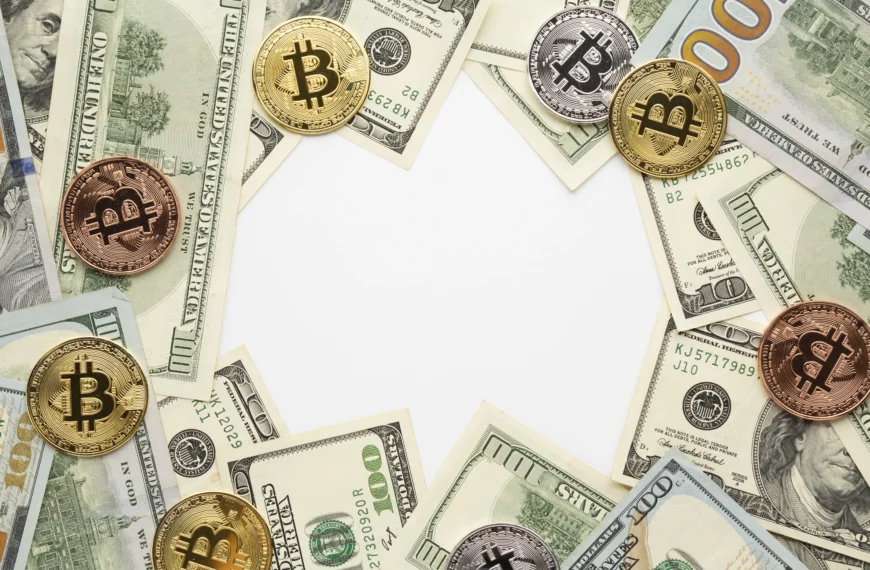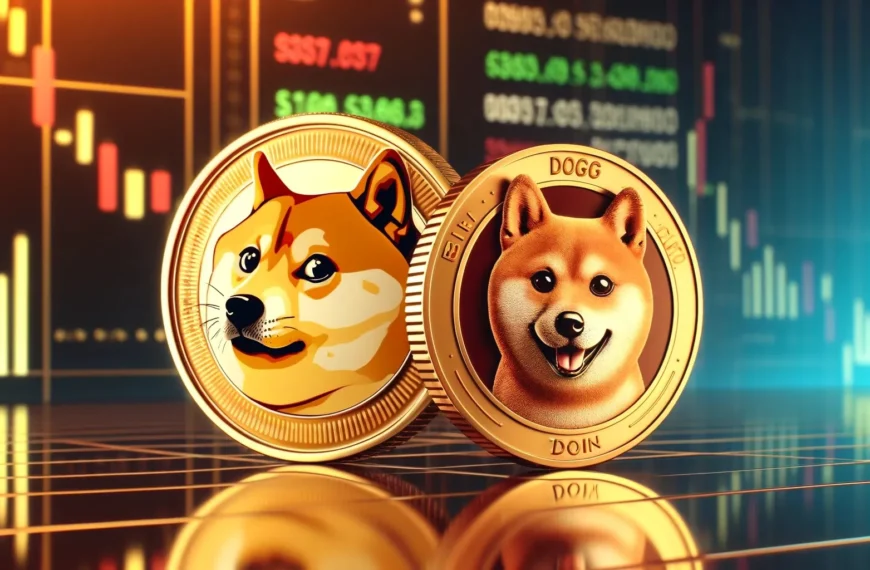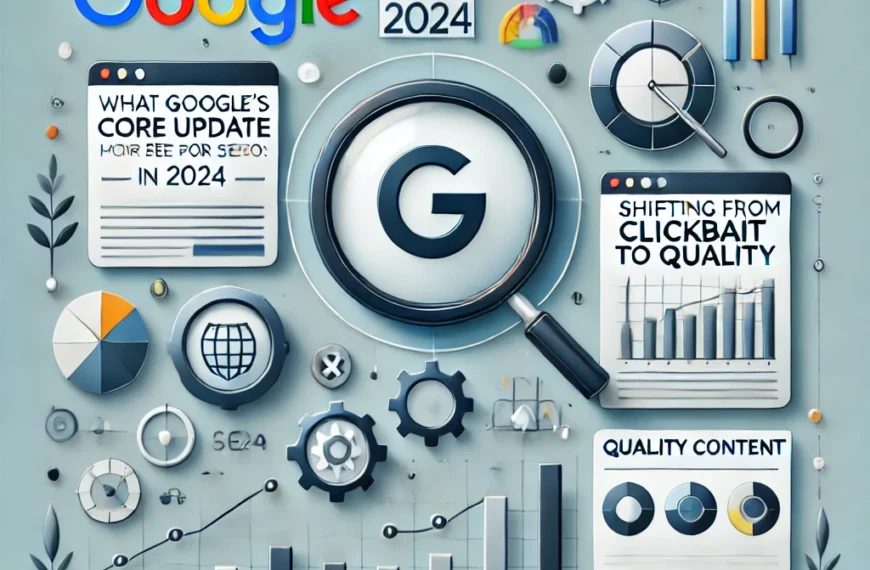Pope Francis didn’t just lead the Church—he shook it up like holy water in a snow globe. From the moment he stepped onto that balcony in 2013, the Argentinian Jesuit made it clear he wasn’t your typical Pope. He swapped the papal palace for a modest guesthouse, rolled deep in a Ford Focus instead of a limo, and spent his reign challenging both tradition and the faithful to think a little differently.
Table of Contents
The End of an Era: Reflecting on Pope Francis’s Legacy
His legacy? Let’s just say it’s anything but one-note. Francis championed climate action with Laudato Si’, threw the doors wide open to conversations about LGBTQ+ inclusion, and boldly tackled financial reform in the Vatican’s notoriously tangled money matters. He was also a Pope unafraid of friction, whether it was with conservative factions inside the Church or critics of his progressive push.
But now, with his passing at the age of 88, the Catholic world is not just mourning a leader—it’s preparing to turn a historic page.
The Vatican in Mourning: What Happens Immediately After a Pope’s Death
The moment a Pope dies, the Vatican shifts into a kind of sacred autopilot. The bells toll across Rome. The windows of the Apostolic Palace are draped in black. And in the age of 24/7 news, Catholics worldwide start refreshing their feeds like they’re watching a spiritual stock market.
Right now, the Church is in the midst of the novemdiales—a nine-day mourning period steeped in tradition. Pope Francis, ever the humble reformer, requested a simplified funeral. No lavish trappings. No dramatic public viewing of his body. Just a single wooden coffin, a farewell mass in St. Peter’s Square, and a burial not in St. Peter’s Basilica, but in the quieter sanctuary of the Basilica of St. Mary Major.
It’s understated. It’s intentional. It’s very Francis.
The Papal Vacancy: Who’s in Charge in the Meantime?
Cue the Latin phrase: Sede Vacante—literally, “the seat being vacant.” During this period, there’s no Pope, no tweets from @Pontifex, and no ex cathedra anything.
But the Vatican isn’t exactly leaderless. Enter Cardinal Kevin Farrell, the Camerlengo (a title that sounds like he moonlights in The Godfather, but is actually the Vatican’s temporary manager-in-chief). His job? Secure the papal apartments, ensure nothing shady happens to those sacred rings and seals, and keep things running without touching any big theological levers.
It’s all bureaucracy, no blessings.
Calling the Cardinals: The Conclave Process Explained
In roughly 15 to 20 days after the Pope’s death, the College of Cardinals will lock themselves inside the Sistine Chapel—yes, that Sistine Chapel, with Michelangelo’s ceiling watching every sacred ballot drop.
Here’s how it goes:
- Only cardinals under the age of 80 can vote. This year? Around 120 electors.
- They vote up to four times a day until someone gets a two-thirds majority.
- After each vote, the ballots are burned. Black smoke means nope. White smoke means we’ve got a Pope.
Phones? Nope. WiFi? Not. It’s a spiritual lockdown more intense than any Netflix thriller.
The Papabili: Who Could Be the Next Pope?
If you think Vatican gossip isn’t a thing, you’ve clearly never met a room full of theologians with sources. The buzz is already swirling around the top contenders—known affectionately as the papabili, or “those who might be Pope.”
Here are the top names in the ecclesiastical rumor mill:
- Cardinal Pietro Parolin (Italy): Vatican Secretary of State with serious diplomatic chops. The Church’s top bureaucrat-meets-diplomat.
- Cardinal Luis Antonio Tagle (Philippines): Charismatic, humble, and wildly popular in Asia. A strong pastoral choice with global appeal.
- Cardinal Robert Sarah (Guinea): The conservative’s favorite, representing a more traditional theological bent with a focus on liturgy and orthodoxy.
Cardinal Jean-Marc Aveline (France): A thoughtful scholar known for interfaith work and theological depth. Low on drama, high on intellect.
Here’s the kicker: Pope Francis appointed nearly 80% of the current voting cardinals, and many hail from the Global South. Translation? Don’t expect the next Pope to necessarily be a European, or a status quo pick.
A Global Church Awaits: What’s at Stake for Catholics Worldwide
This isn’t just a new Pope. It’s a directional shift for 1.3 billion Catholics across continents—and it comes at a moment when the Church is grappling with modernity like never before.
From the culture wars in the West, to growth in Africa and Asia, to declining vocations in Europe, whoever steps into the papal slippers will inherit a faith that’s both universal and fractured.
There’s also the geopolitical layer. With rising nationalism, deepening inequalities, and climate crises, the next Pope won’t just be a spiritual leader. He’ll be a global figurehead—part diplomat, part peace broker, part moral compass. And every word he says will ripple far beyond the pulpit.
Final Thoughts: A New Chapter Begins
As the world watches the Sistine Chapel chimney, breaths are held, cameras zoom, and speculation peaks. And then—white smoke. The crowd in St. Peter’s Square roars. A name is announced. A figure steps onto the balcony.
And just like that, a new chapter begins.
Pope Francis leaves behind big sandals to fill—not because he sought grandeur, but because he dared to reimagine what the papacy could be in the 21st century. The Church now finds itself at another crossroads, with billions of faithful wondering: Will the next Pope continue the path of reform, or take a detour?












